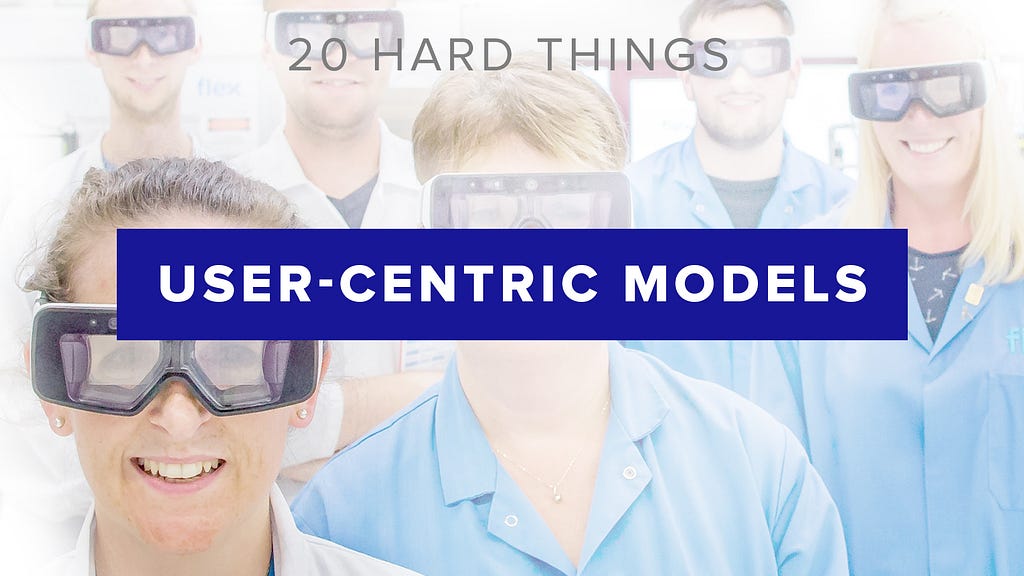From a user’s perspective, augmented reality may seem easy. Under the hood, however, there are a number of underlying technologies necessary to create integrated wearable AR experiences. In this mini-series, we’re pulling back the curtain with DAQRI’s experts to...

From a user’s perspective, augmented reality may seem easy. Under the hood, however, there are a number of underlying technologies necessary to create integrated wearable AR experiences. In this mini-series, we’re pulling back the curtain with DAQRI’s experts to provide you with a better understanding of what it takes to deliver Professional Grade AR™. We recently discussed the importance of motion-to-photon latency, fluid tracking, making the virtual content you see as real as possible, and the need for a wide field of view. In this episode, neuroscientist Stef Hutka emphasizes the importance of working with a user-centric model.
A key component in delivering professional-grade AR solutions to enterprise primarily involves:
“Working with a user centric model to build a really well-tailored augmented reality solution.”
https://medium.com/media/8702cc903f810ddce3374b1632aab482/hrefWhen building augmented reality solutions, understanding how end users traditionally complete tasks is critical. Professional-grade AR offers the opportunity to greatly enhance and streamline the tasks that workers do every day; such as training, maintenance, or manufacturing. DAQRI has experience in working directly with end users, and we are seeing the categories of tasks where AR can make a real impact in productivity.
By leveraging AR, the DAQRI AR platform enables organizations to streamline processes that have become overly complicated due to the limitations of traditional methods, dependence on multiple external devices, or simply relying on the memory of workers.
Learn more about DAQRI Smart Glasses at daqri.com.









